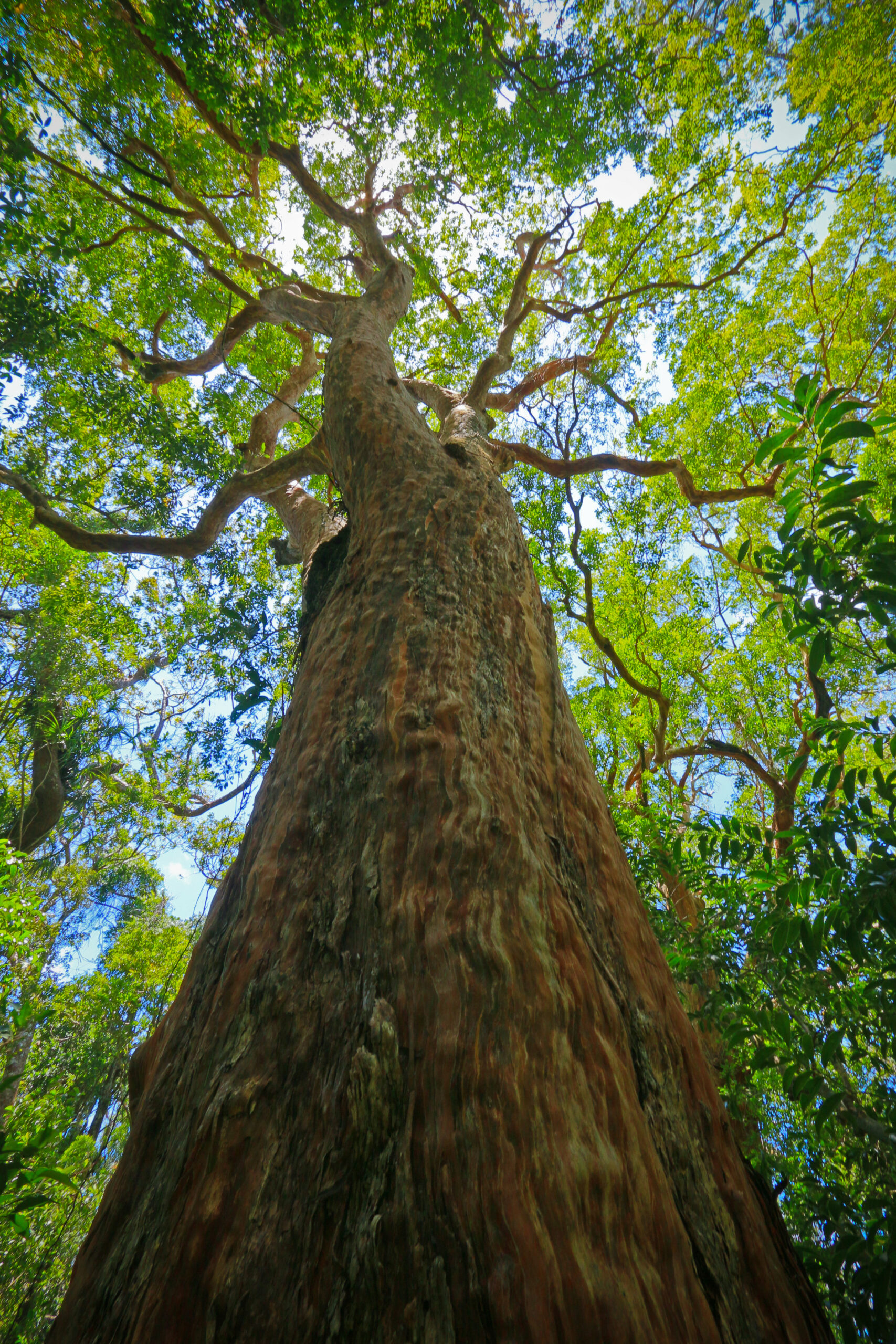| Local Name | Place |
| Amugauan | Cagayan |
| Amugauan | Isabela |
| Amugauan | Nueva Vizcaya |
| Amugauan | Nueva Ecija |
| Molave-batu | Misamis |
| Molave-batu | Cotabato |
| Molave-batu | Zamboanga |
| Molave-batu | Basilan |
| Mulauin, Molauin, Maulauin | Bulacan |
| Mulauin, Molauin, Maulauin | Bataan |
| Mulauin, Molauin, Maulauin | Rizal |
| Mulauin, Molauin, Maulauin | Laguna |
| Mulauin, Molauin, Maulauin | Batangas |
| Mulauin, Molauin, Maulauin | Bicol |
| Mulauin, Molauin, Maulauin | Visayas |
| Mulauin, Molauin, Maulauin | Southern Tagalog |
| Mulauin, Molauin, Maulauin | Cavite |
| Tugas | Leyte |
| Tugas | Cebu |
| Tugas | Samar |
| Tugas | Negros |

Did you spot something we need to update?
Do let us know. Together, let's grow the database.
Reach out to us at binhi@energy.com.ph
ASSOCIATED VEGETATION: Limestone forest with leguminous trees like Afzelia rhomboidea, Sindora supa, Instsia bijuga, Albizia acle, Wallaceodendron celebicum, Pterocarpus indicus, Kingiodendron alternifolium, Vitex parviflora, Pterocybium tinctorium, Ziziphus talanai, Diospyros ferrea, Mimusops elengi, Maranthes corymbosa, Wrigthia pubescens ssp. laniti, Lagerstroemia piriformis, Heritiera sylvatica, Pterospermum diversifolium and Mallotus floribundus (Fernando et al., 2008).
It occurs most commonly in comparatively dry regions in lowland forest, often in deciduous forest on rocky ground, on grassy slopes and on dry limestone soils, but sometimes also in littoral rain forest or hill forest. It is usually found in regions with distinct wet and dry seasons (Orwa et al., 2009)
GERMPLASM MANAGEMENT: There are 10 000-18 000 seeds/kg. Seed starts to germinate 10-40 days after sowing. Removing the pericarp and soaking the seed in hot water (70 deg C) may enhance the germination rate for up to 70%. Fruits are ready for collection when they turn dark brown on the tree. TREE MANAGEMENT: Could be planted using bare-rooted seedlings at 2m x 2m, after 20 years a plantation yielded 76 cu m/ha (mean annual increment of 2.6 cu m/ha). Mean annual height and diameter increment of 0.4-1m and 0.7-1cm respectively have been recorded. Plantations for wildling production are spaced 2m x 6m. Survival of young trees is enhanced by removing weeds 3-4 months after planting and from then on annually up to 10 years. PESTS AND DISEASES: Beetles such as leucopholis irrorata, Anomala sp. and an identified melothonthid beetle defoliate the tree. Some insect pests cause serious damage to 9-25 year old trees in Philippines and Java such as the carpenter moth (Xyleutes ceramicus) whose larvae may damage the cambium of trunk and branches. V. parviflora serves as and alternative food plant for the teak defoliator (Hyblaia purea). (Reference: Orwa et al., 2009)
Locate our planted MOLAVE Trees
Locate our planted MOLAVE Trees

trees planted in the country!

Spread awareness and learn about the 96 native Filipino trees species EDC has saved from extinction. Get your own copy of the coffee-table book today!